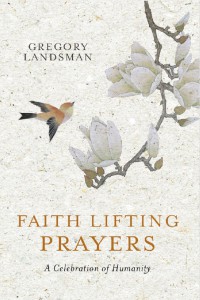This 3 × 1-hour documentary series for ABC TV, Don’t Stop the Music, sees Artemis Media joining forces with pioneering music advocates to get music back into classrooms, and instruments into the hands of kids who need them most. The goal: To show that music has the power to turn schools around, improving brain-power, and hearts and minds.
Since she took the job four years ago, Principal Lee Musumeci has made literacy and numeracy the school’s primary focus and has allotted the majority of the school’s time and budget to it. It’s a common story. In government schools, 80 per cent of kids are missing out on quality music. Australian primary school teachers receive only sixteen hours of arts training in a typical tertiary degree, and a small proportion of that is music. In Finland, where literacy and numeracy rates are among the highest in the world, trainee teachers receive 350 hours of music training.
Principal Musumeci has heard what music can do, and Challis’ new music program has begun. Under the guidance of renowned music educator Micheál McCarthy from WAAPA, the choirs are being transformed and ideas of classroom music teaching are turned on their head. The local branches of the Salvation Army and Musica Viva have donated a stash of shiny instruments. Series mentors and multi-instrumentalists Guy Sebastian and James Morrison will encourage the children to step up and practice, inspiring them with stories of their own musical journeys, and workshopping songs with them. Over nine months, we’ll follow the students at school and at home as they practice and perform for their peers and their families, gaining confidence as they go. Performances from visiting musicians and singers will help to consolidate the exciting new culture of music. In May 2018, a concert at Perth Concert Hall will celebrate how far the children have come. The Challis kids perform alongside some of Perth’s most exciting tertiary ensembles and some very special guest stars.
Throughout the series, we see the benefits of music playing out among the children – tempering disruptive behaviour, bringing serial truants back to the classroom and providing a creative outlet for kids who haven’t excelled in traditional academic areas. The TV series highlights the importance of learning music.
Curriculum Links:
- Music Theory and Practice
- Social Studies
- Education
- Education Theory
- Teacher Training
- Child Psychology
- Child Development
The DVD of Don’t Stop the Music is published by ABC TV and is available for schools.

